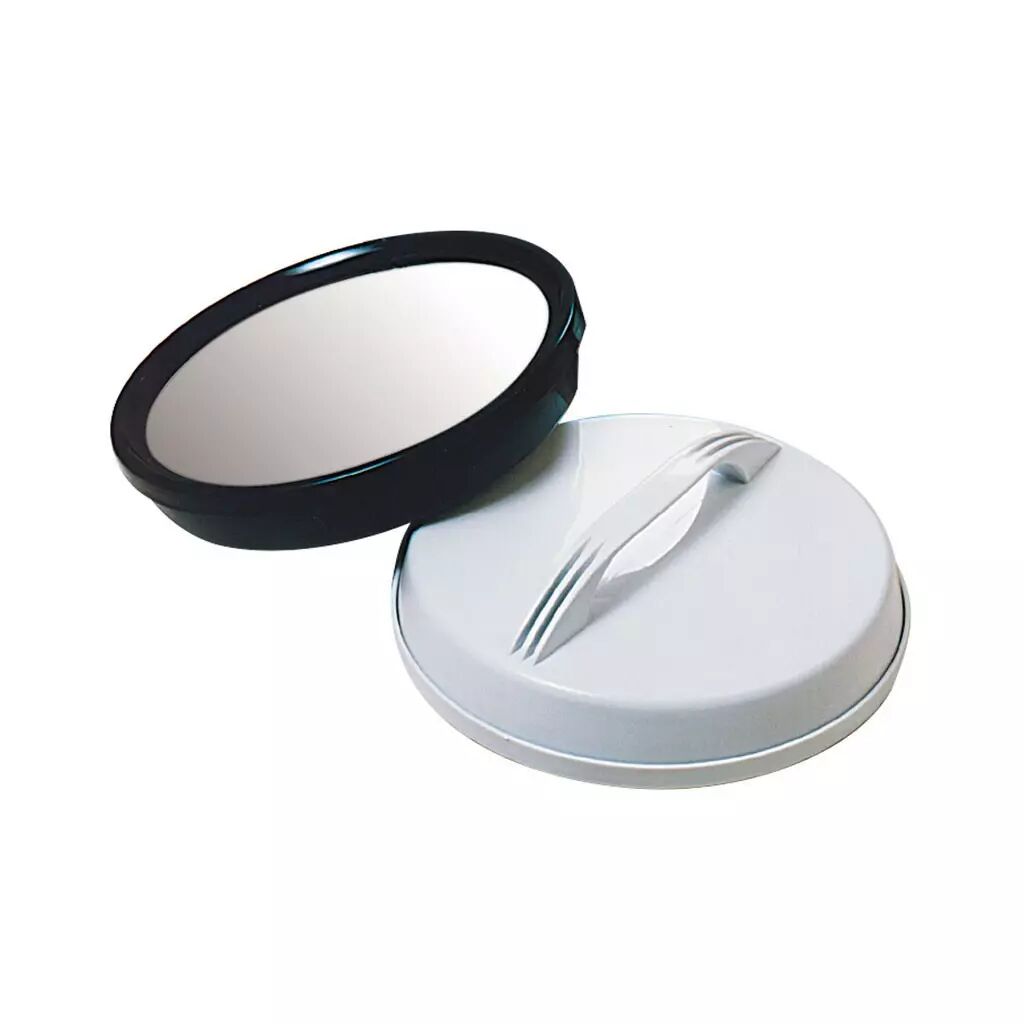

#Japanese magic mirror free#
We are constantly improving our site and want to provide you with the best free porno experience you can think of.
#Japanese magic mirror archive#
So just feel yourself at home and start browsing our constantly updating vast archive of porno graphic materials, or create a profile, save and share your favorite porno flicks and get in contact with other porno video lovers. Nor do we have to remind you that practice makes perfect, and porn can show you many ways of giving and receiving sexual pleasure. We do not have to tell you that scientific research in our RedTube Labs proved that watching porn increases your fertility and a regular wank keeps you fit and healthy. Since this sex drive is in all of us and you found your way here, it is too late to pretend that you are not a wanker, such as ninety-nine percent of people are, in fact. No matter what strokes you are searching for, RedTube will satisfy the carnal sex instincts of your reptile brain. We know your need for porn, and RedTube is the shrine for your sexual salvation. Our site is dedicated to all you porno lovers out there. 31.Welcome to RedTube, the Home of Videos Porno. Replicas of ancient mirrors found in Aichi prefecture are scheduled to go on display at the Takaoka Art Museum in Toyama Prefecture between June 28 and Aug. This is then polished until no imperfections can be seen by the naked eye the complicated aspect of making the mirror is that unevenness on the surface allows the pattern underneath to be projected when light is shined on the front. The mirror itself is made by making a mold and casting metal, the image is then etched or engraved onto the metal surface and then covered with plating. They were very useful as they looked just like any other mirror, but at the appropriate moment they could shine light on their mirror in order to project an image of the Cross or of Jesus which they could then use for worship. To help identify one another they would incorporate icons in secret items such as latterns and also in magic mirrors. In the wake of Christianity being prohibited those who refused to renounce their faith had to practise their religion in secret. This state of affairs would persist until the 19th century. The rebellion was swiftly suppressed and Christianity was prohibited, and just before the rebellion in 1635 Japan was closed to foreigners.

In the seventeenth century the Shogunate started to persecute Christians, when several uprisings took place it started to be perceived that Christianity was a danger to public order and this culminated in the Shimabara Rebellion in 1637 which consisted of mostly Christians. The concave ones focus light and make their areas of the reflection lighter. This was initially tolerated by the Shogunate but over time suspicions started to be raised about Japanese converts who took on new European names and who started to stand out from the traditional classes of Japan. The convex (outgoing) curves scatter light, and make their areas of the reflection darker. With the arrival of the first Western Europeans in Japan in the sixteenth century the religion of Christianity also made its appearance, this was aided by missionaries who came to Japan for the specific purpose of gaining converts. While researching so-called magic mirrors rare ancient mirrors that, in certain light, reveal images or patterns hidden on their reflective surfaces the museum’s curator of East Asian art. One particular mirror features an engraving of wizards and creatures on the back which are then reflected onto a surface when light is shined on the mirror’s front. One side is brightly polished, while an embossed design decorates the reverse side. Some of the oldest magic mirrors in Japan date back to the 3rd century and were found in a tomb in Aichi prefecture. In Japan, bronze mirrors are known as magic mirrors, or makkyo (). There are a number of mentions of them over the centuries as the mirrors could be quite puzzling, especially if they were inherited and the secret behind whichever pattern had been cast was lost or not passed on to the new owner.Īt some point in time the secret to making a magic mirror was passed to Japanese craftsmen, they became known as Makyoh (魔鏡) and are most famous for being used by Christians in Japan.

To any casual onlooker it appeared to be just a normal mirror, but if the mirror was used to reflect light onto an appropriate surface the design cast into the back would be projected onto the wall. Magic mirrors can be first found in China during the Han Dynasty (206 BC – 24 AD), by making a mirror out of bronze the craftsman could create a mirror surface but with a design cast in the bronze back.


 0 kommentar(er)
0 kommentar(er)
